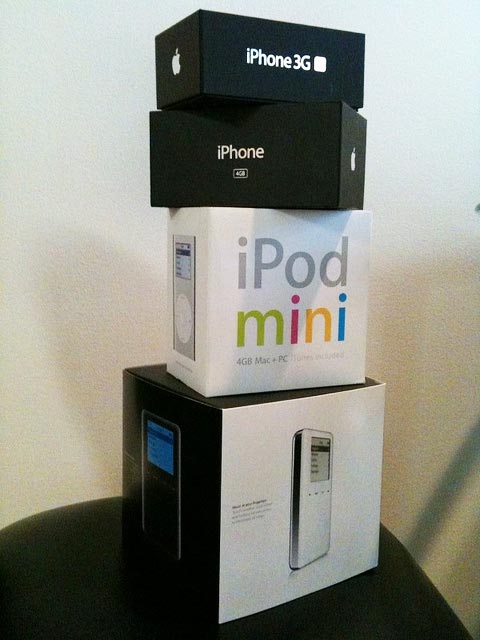In our field, its easy to be swayed by trends. When Apples package design became the look to follow, and we were (and are) enamoured by the simplicity of design, many lesser products followed suit. We even tried it with a new product line at my job. The packaging looked amazing. It even won awards! But it failed to sell. It wasnt representative of our look, our heritage, or our brand. It wasnt authentic.
Authenticity is something that can not be faked. The VPX packaging was full of brand violations that have been enforced for ages, and took away the traditional application shots as well as feature and benefit callouts that generally fill all the white space on the packaging of any Black & Decker product.
In a session called What Consumers Want at a TED Conference, Joe Pine summarized three rules to follow regarding authenticity. (the video doesnt take long to load, but it is almost 15 minutes)
- Dont say you are authentic unless you really are authentic.
- Its easier to be authentic if you dont say youre authentic.
- If you say you are authentic, you better be authentic.
This all may seem obvious, and it should have been obvious to us, but we missed it.
This came to mind when I was running through ideas about the poster series we will be working on later this semester. I have my director in mind, and I hope I get him, but he has such a unique and specific look and feel to his work, that I already have the rough sketched out in my mind of what the posters should look like. It wont look like his movie posters or the covers of his DVDs, which each authentically represent his films, but it will feel like him, like his cinematography, and hopefully will be recognizable as a series of his work even from a great distance.
It may not reflect my personal design style, but what better chance to stretch out of our comfort zone as designers than in a class like this?

